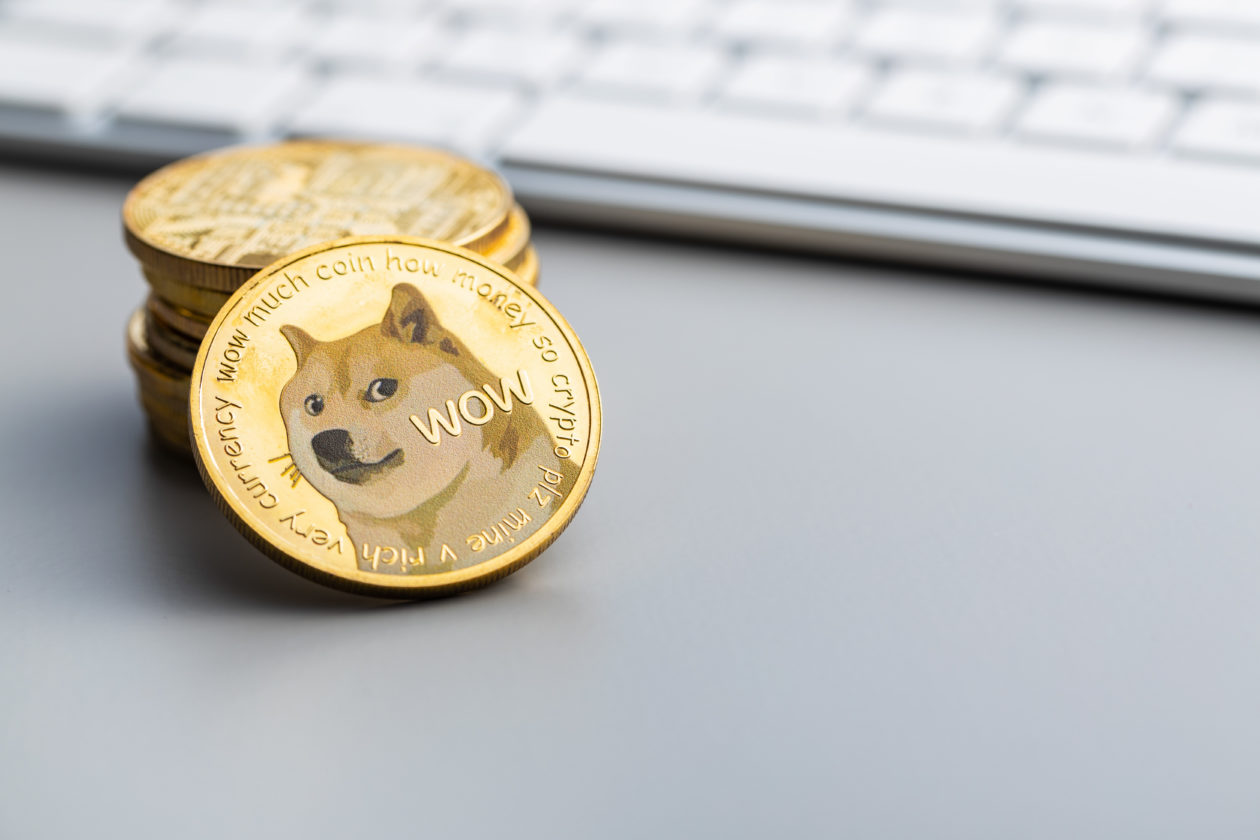A revealing feature article on the hidden world of “hypecoins” was published by the New York Times yesterday, in which journalist David Segal recounted the process of creating and then selling his own hypecoin, which he called IdoitCoin.
Fast facts
- Hypecoins, otherwise known as memecoins, are tokens with little or no intrinsic value, created only to drive speculation and prices, making their creators and early “investors” a lot of money. The article begins with a scathing critique of the tokens and their role in the market. “The vast majority of these tokens are worthless within a couple of weeks. The developers, on the other hand, can make tens of thousands of dollars, sometimes a lot more,” Segal wrote.
- One of the early revelations in the piece is the surprisingly low cost of creating a hypecoin — as little as US$8 for a technically savvy person. Although Segal paid US$300 in fees for the 21 million IdiotCoins he minted, he said: “The point was to demonstrate that creating a hype coin doesn’t take expertise and that many are flimsy and dangerous. IdiotCoin would be a crash test dummy designed to underscore the wisdom of seatbelts.”
- The article offered examples of winners in the hypecoin game, such as a 31-year-old British dental student who turned US$30,000 into US$1.4 million overnight as a coin he invested in named Bonfire went “parabolic”. What went up, however, came quickly back down, as it was revealed Bonfire’s developers had conceived the coin entirely as a pump-and-dump scheme. Following the market-wide crash, it took about 7.7 million Bonfire coins to equal US$1 in June.
- Offering some justification for the incredible amount of interest in such a seemingly risky venture, one investor was quoted in the article as saying: “You’ve got to look at inequality [to understand interest in crypto]… especially after Covid, when the rich got even richer. These people feel like the financial system doesn’t work for them. Politicians are crooked. Big Tech takes your data. This is a recoil from all of that.”
- In order to go through the full experience of trying to launch IdiotCoin, Segal spent a further US$1,000 hiring a team ranging from TikTok influencers to promote the coin, to a web designer to build a site for the coin where its white paper would be found. After all the promotion and advertising, even in the white paper, that the coin was a scam, four people still bought a total of 73 coins on IdiotCoin’s launch day.
- Segal ended the article pleased that no one came to any financial harm through the process, although he remained bemused by the experience and the community he spent months of his life embroiled in.





